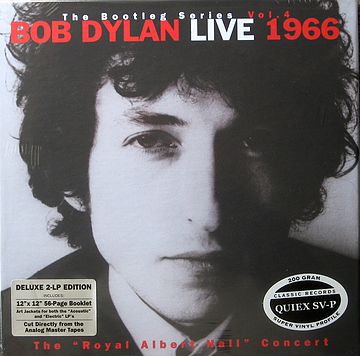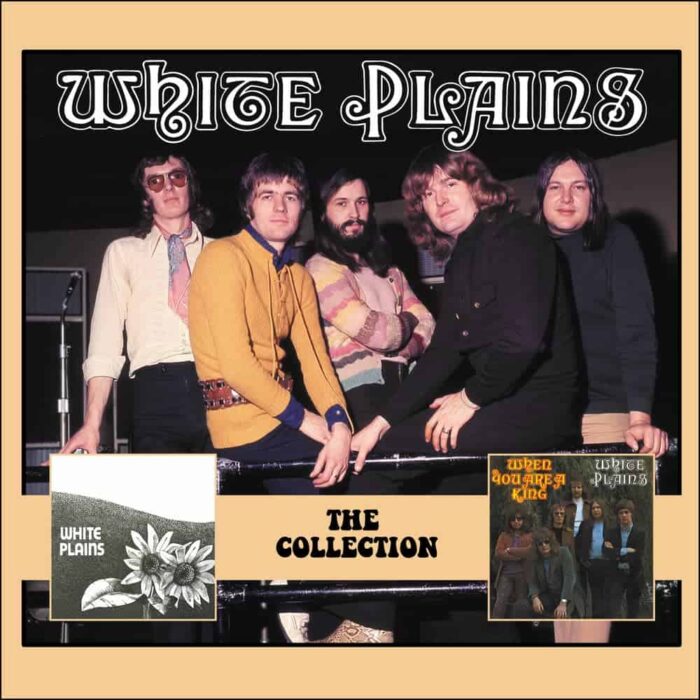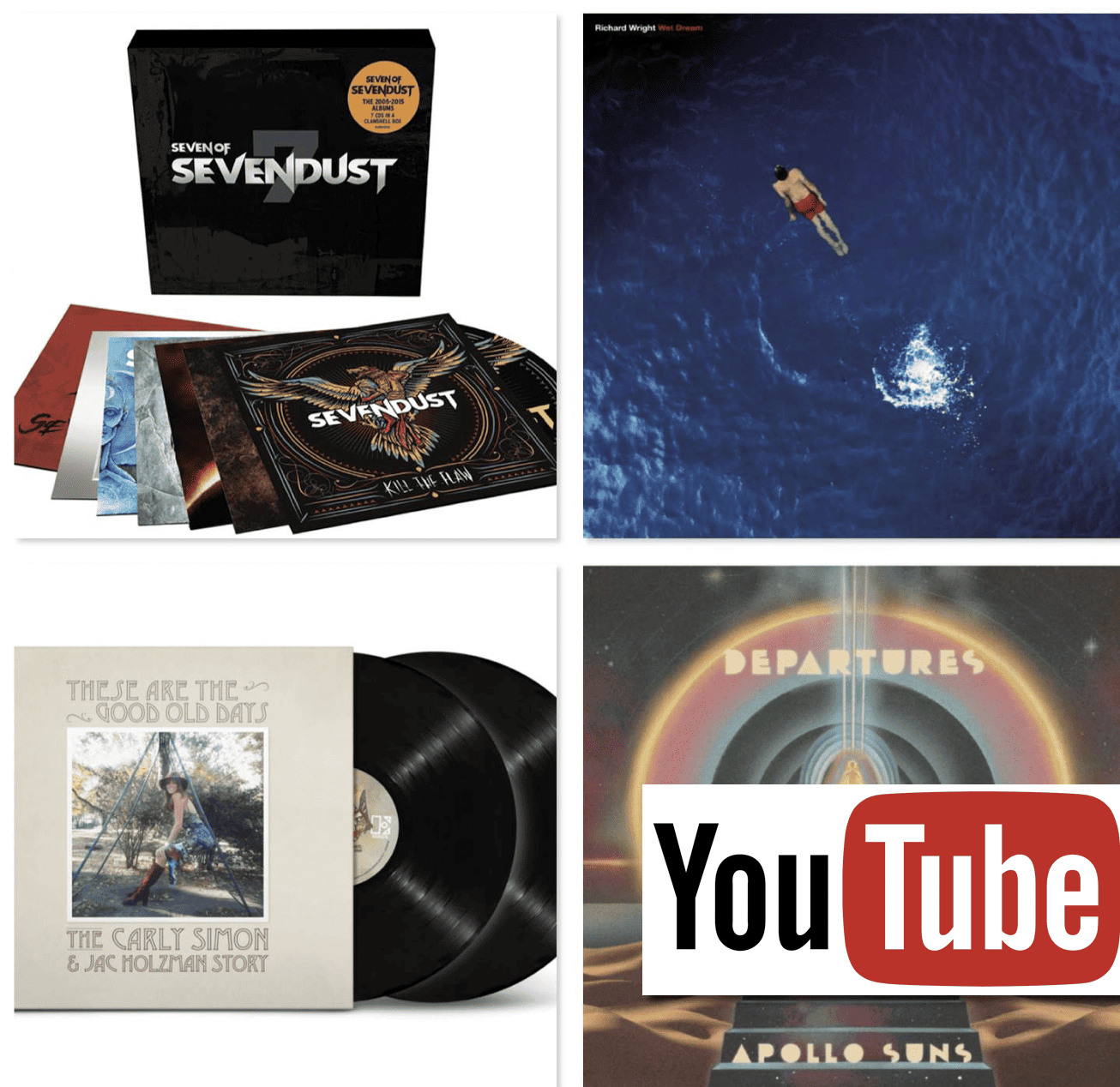The Article
Bob Dylan’s Bootleg Vol. 4, Live 1966, “Royal Albert Concert”
23rd March 2015

Label: Columbia
Year: 1998 [CD]/1999 [Vinyl]
Instead of an album, per se, this episode of Masterworks features a LP which has, since its official release, quickly created a reputation to become a modern classic all on its own.
This famous Dylan, Albert Hall, bootleg…wasn’t. After much arguing amongst Dylan discographers and fans, the source was verified after the preliminary mix of a proposed Columbia edition was bootlegged in 1995 as Guitars Kissing & The Contemporary Fix (a name taken from Bob Dylan’s book Tarantula). The location and time was finally agreed as Manchester’s Free Trade Hall on May 17, 1966 – hence the original title appearing in quotes.
The bootleg highlights Dylan’s transition from an acoustic style to electric which he was exhibiting during the tour.
The first portion of the concert begins easily enough with an acoustic set. Dylan, an acoustic guitar and a harmonica, are centre stage for the first seven tracks. Even without the later controversy, this acoustic set is worthy of highlight as it is his best ever. He seems to be playing with a new sense of vigour, although it may be just excitement at not knowing how the crowd will respond to the coming electricity. He had had bad experiences at the earlier Newport Festival gig where, after playing his electric set, he had to play some additional acoustic numbers to calm the crowd down.
As he launches into his electric set, the atmosphere is deceptively pleasant. However, that changes with time as the audience begin to heckle. Before the final song, the mood of the increasingly raucous audience spills and, during a brief silence, a symbolic and historically momentous word is shouted. One of the dissenters rebels against Dylan’s move towards rock music, comparing it to the ultimate betrayal and shouts, “Judas!” Dylan sneeringly replies, “I don’t believe you! You’re a liar!” What follows is murky but could be Dylan telling his backing group, The Hawks, to, “Play it fucking loud,” or The Hawks’ Robbie Robertson shouting, “Get fuckin’ loud!”. The end result is a blistering Like A Rolling Stone that shakes the foundations of the already astonishing original version, leaving no doubt that Bob Dylan and his electric guitar get the last word as the tumultuous evening comes to a close.
For those who haven’t heard it, “The Royal Albert Hall” concert will be a revelation. None of Dylan’s studio recordings comes close to capturing the ferocious intensity heard on this live album. Collectors who already know how great the show is through the magic of bootleg tapes will want the official release as well.
The sound quality is fantastic and the CD set (released in 1998 via Sony) comes with a booklet full of rare photos, along with informative text. Even though it took over 30 years for this monumental album to see the (legitimate) light of day, it was well worth the wait. Bob Dylan music, or for that matter, music period, doesn’t get much better than this.
For the vinyl box set (released in 1999 by Classic Records) there’s a 56-page booklet of the event including an essay by Dylan’s friend, the folk musician, Tony Glover. The vinyl cut utilises the ½” analogue mix down masters whilst Classic also uses its own ‘all tube’ cutting system which was handled by the vinyl guru, Bernie Grundman. Originally released on 140gm and 200gm vinyl, the set was deleted shortly after release. However, thankfully, the 200gm set was re-released in August 2006 and the 140gm version was re-released in September 2006.
When discussing the sound quality and which format is better than others, the final analysis is a moot point. You either listen to the bootleg version or the official version. The latter wins hands down. The CD version of the concert is excellent whilst the vinyl version adds the trademark warmth. The vinyl version is also more dynamic and detailed with a deeper soundstage. This is not so much directly attributable to the vinyl format, although it helps of course, but more down to Grundman’s mastering skills, “The whole point is to put as little in the way of electronics into the sound as possible,” said Grundman. “The trick is to give the [records] the highest degree of quality but to do so with a minimum of processing and a minimum of artistic coloration. We accomplish that with a combination of clean electronics and an open mind.”


